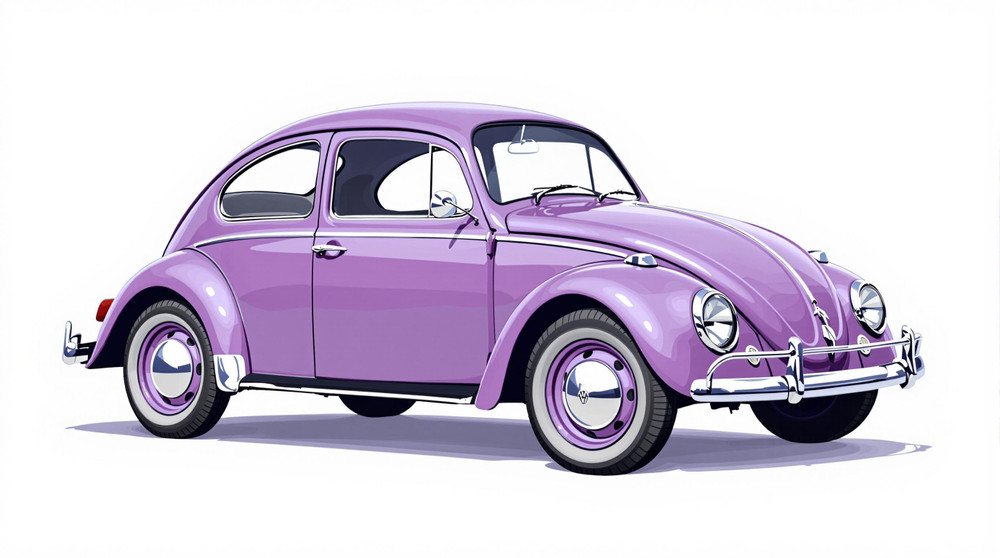Image of 1962 Volkswagen Beetle, Note: These illustrations use artistic license and may differ from actual historical models.
Performance Metrics
Fundamental Metrics
Emotional Appeal
MMP Rating
| Engine Specifications | |
|---|---|
| Engine: | Air-cooled, rear-mounted, flat four |
| Displacement: | 1192cc |
| Horsepower: | 40hp |
| Torque: | 65 lb-ft |
| Compression Ratio: | 6.6:1 |
| Ignition System: | Distributor and coil |
| Cooling System: | Air-cooled |
| Performance Specifications | |
| 0-60 Time: | 22.5 seconds |
| 1/4 Mile Time: | 22.5 seconds |
| Top Speed: | 72 mph |
| Transmission and Drive | |
| Drive Type: | Rear-wheel drive |
| Transmission Type: | 4-speed manual |
| Fuel and Efficiency | |
| Fuel System Type: | Carburetor |
| MPG: | 28-32 mpg |
| Dimensions and Brakes | |
| Brakes: | Drum brakes |
| Wheelbase: | 94.5 inches |
| Weight: | 1,675 lbs |
Note: Specifications for classic cars are given to the best of our ability, considering the limited and variant data available.
Introduction
The 1962 Volkswagen Beetle is a testament to simplicity and efficiency in automotive design. Born in an era of grandiose American cruisers, the Beetle, or 'Bug' as it was affectionately known, carved out its niche with a combination of charm and practicality. Originating from the creative mind of Ferdinand Porsche and commissioned by the German government in the 1930s, the Beetle's design was aimed at providing an affordable and reliable mode of transportation for the masses. Its unique shape and rear-engine layout became iconic, making it one of the most recognizable cars in the world. A notable moment in its history includes setting a record for the most produced single model of car ever, with over 21 million units rolling off the assembly line.
Design and Innovation
The exterior styling of the 1962 Volkswagen Beetle is characterized by its rounded fenders, prominent headlights, and sloping rear end. The car's silhouette is unmistakable, often described as 'beetle-shaped', which inspired its nickname. Inside, the Beetle was unpretentious yet functional, with durable materials that stood the test of time. Despite its compact dimensions, the interior was surprisingly roomy due to its efficient design. Technologically, it boasted an air-cooled rear engine which contributed to its simplicity and reliability. Color options ranged from vibrant hues to more subdued tones, with Sea Blue and Pearl White being among popular choices. The two-door sedan body style remained iconic, although convertible versions added a touch of open-air freedom.
Historical Significance
The 1962 Volkswagen Beetle's impact on automotive design was profound. Its air-cooled engine eliminated the need for a radiator and coolant system, simplifying maintenance and reducing potential points of failure. This innovation also allowed for a more compact design that maximized interior space. The Beetle's success demonstrated that there was significant demand for small, economical cars, influencing generations of compact vehicles that followed.
Performance and Handling
Performance-wise, the 1962 Beetle wasn't about raw power; it was about dependability and efficiency. With a top speed hovering around 68 mph and leisurely acceleration from 0-60 mph in over 20 seconds, it wasn't going to win any drag races. However, handling was nimble due to its lightweight construction and well-balanced rear-engine layout. The driving experience was unique; from the distinctive hum of its air-cooled engine to the simple pleasure of cruising in a vehicle that prioritized function over flash.
Ownership Experience
The Volkswagen Beetle found its place as a daily driver for millions thanks to its reliability and economical operation costs. Maintenance was straightforward enough for DIY enthusiasts to handle basic repairs themselves. While not without faults—such as heating issues—the Beetle's mechanical simplicity meant that parts were widely available and affordable.
Fun Facts
The 1962 Volkswagen Beetle has been owned by celebrities like Ewan McGregor and has appeared in countless films including Disney's "The Love Bug" where it starred as Herbie. It also set records not just for production numbers but for endurance too—Beetles have been known to clock up hundreds of thousands of miles with proper maintenance.
Collector's Information
Today, a well-preserved 1962 Volkswagen Beetle can fetch anywhere from $15,000 to $30,000 depending on condition and originality. Rarity varies; early models or those with unique features are more sought after by collectors. While exact production numbers for each year are hard to pin down due to their mass production, Beetles from this era are still relatively easy to find.
Conclusion
The 1962 Volkswagen Beetle stands as an icon of automotive history—a symbol of simplicity and reliability that transcended social classes and geographical borders. Its enduring legacy is a testament to thoughtful design that continues to charm enthusiasts around the globe.
1962 Volkswagen Beetle Catalog of Parts
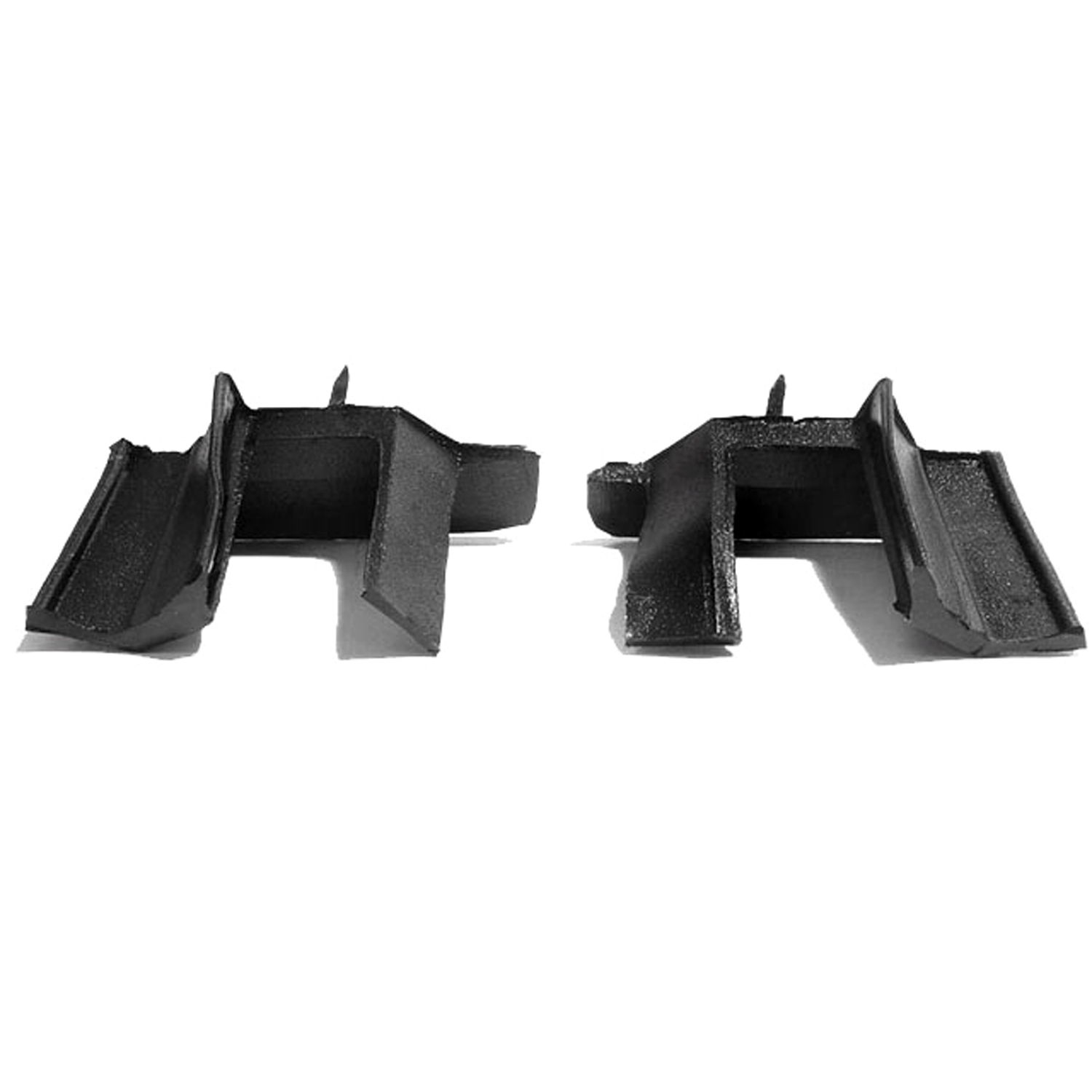 1962 Volkswagen Beetle Front Quarter Wedge Weatherseal for Convertibles-ALP 10Front Quarter Wedge Weatherseal for Convertibles. Used at back of roll-up quarter window. Pair R&L
1962 Volkswagen Beetle Front Quarter Wedge Weatherseal for Convertibles-ALP 10Front Quarter Wedge Weatherseal for Convertibles. Used at back of roll-up quarter window. Pair R&L 1962 Volkswagen Beetle Rear Door Wedge Weatherseal for convertibles-ALP 10-ARear Door Wedge Weatherseal for convertibles. Used behind back of roll-up quarter window. Pair R&L
1962 Volkswagen Beetle Rear Door Wedge Weatherseal for convertibles-ALP 10-ARear Door Wedge Weatherseal for convertibles. Used behind back of roll-up quarter window. Pair R&L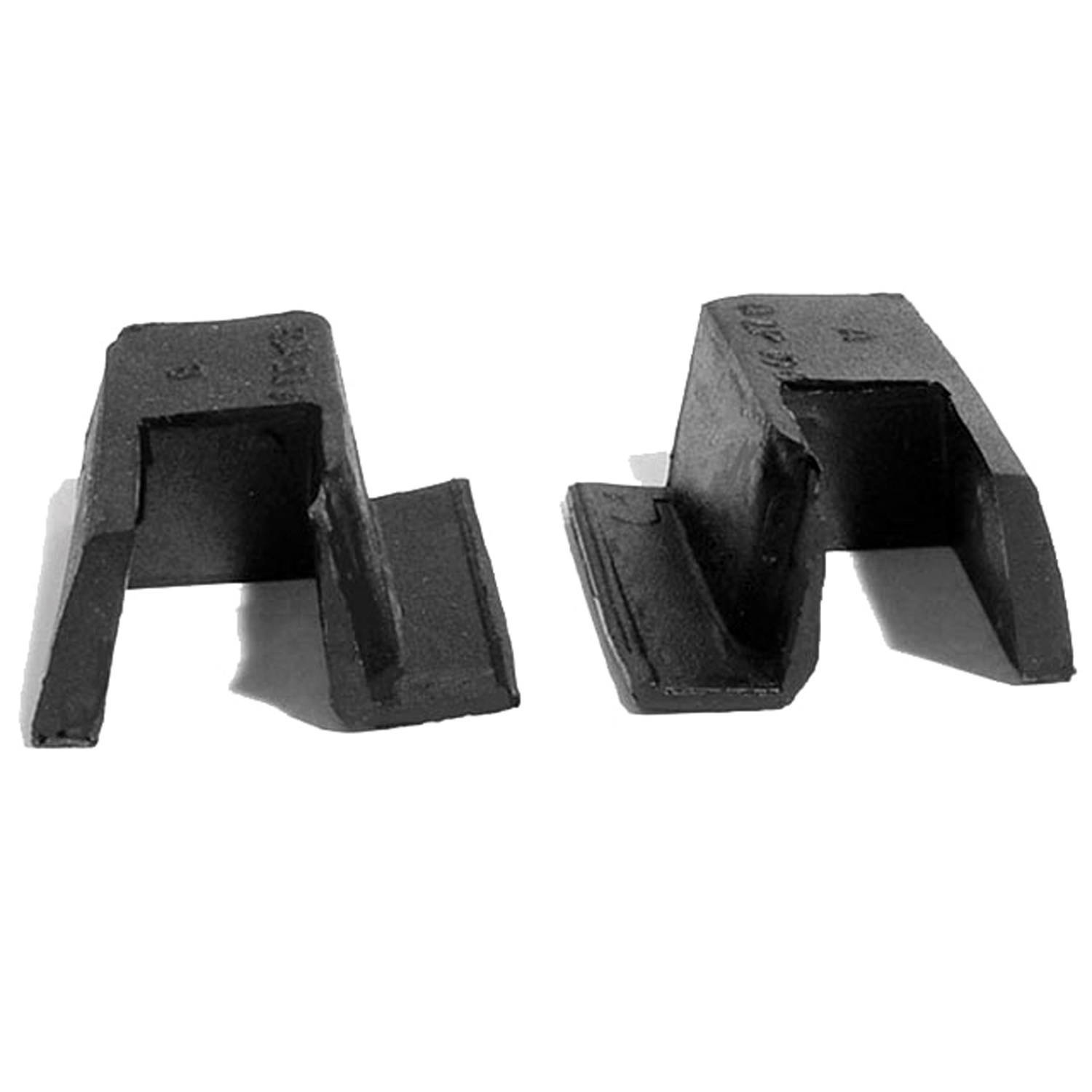 1962 Volkswagen Beetle Rear Quarter Wedge Weatherseal for Convertibles-ALP 10-BRear Quarter Wedge Weatherseal for Convertibles. Used at front of roll-up quarter window. Pair R&L
1962 Volkswagen Beetle Rear Quarter Wedge Weatherseal for Convertibles-ALP 10-BRear Quarter Wedge Weatherseal for Convertibles. Used at front of roll-up quarter window. Pair R&L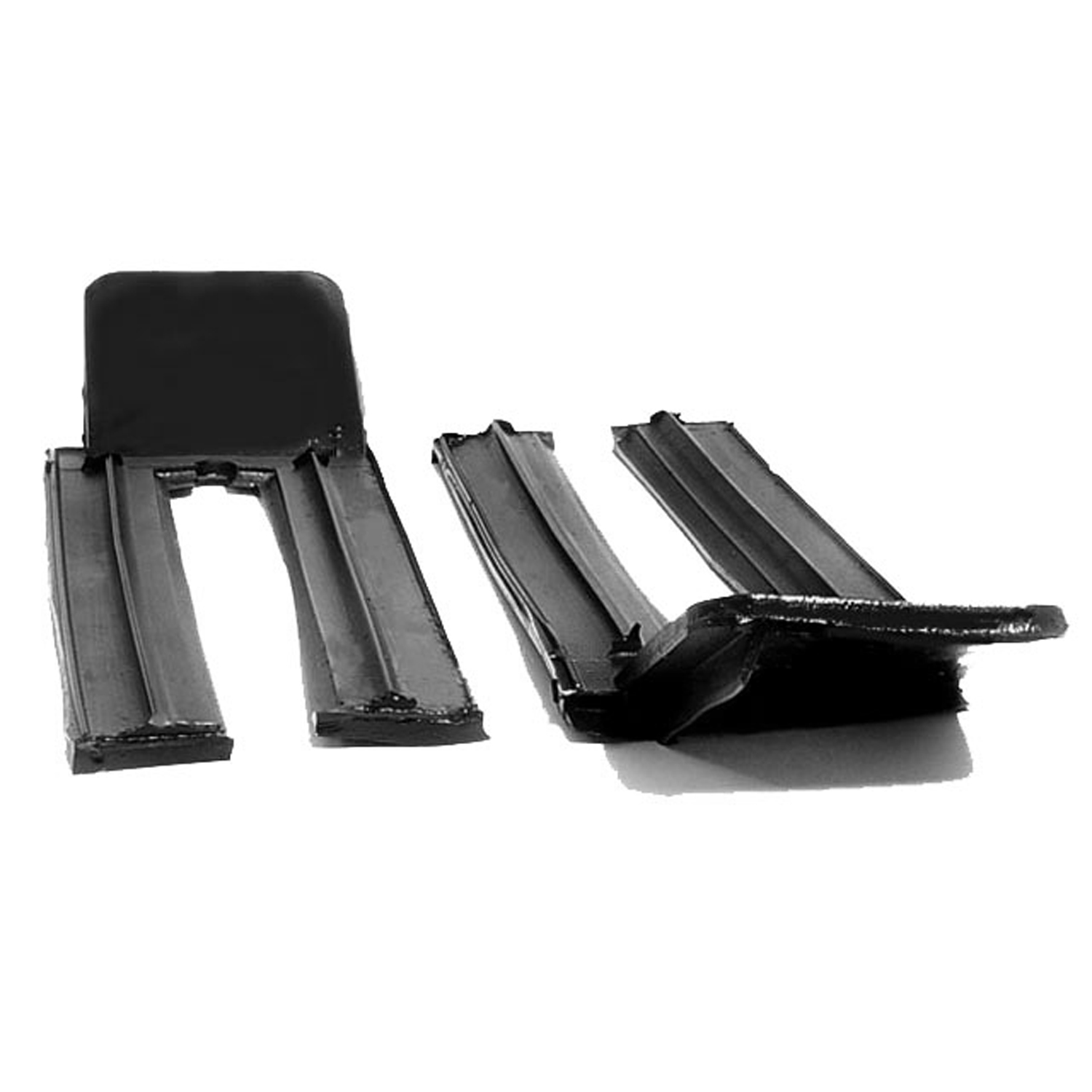 1962 Volkswagen Beetle Front Door Wedge Weatherseal for Convertibles-ALP 10-CFront Door Wedge Weatherseal for Convertibles. Used at front of vent window assembly to door. Pair R&L
1962 Volkswagen Beetle Front Door Wedge Weatherseal for Convertibles-ALP 10-CFront Door Wedge Weatherseal for Convertibles. Used at front of vent window assembly to door. Pair R&L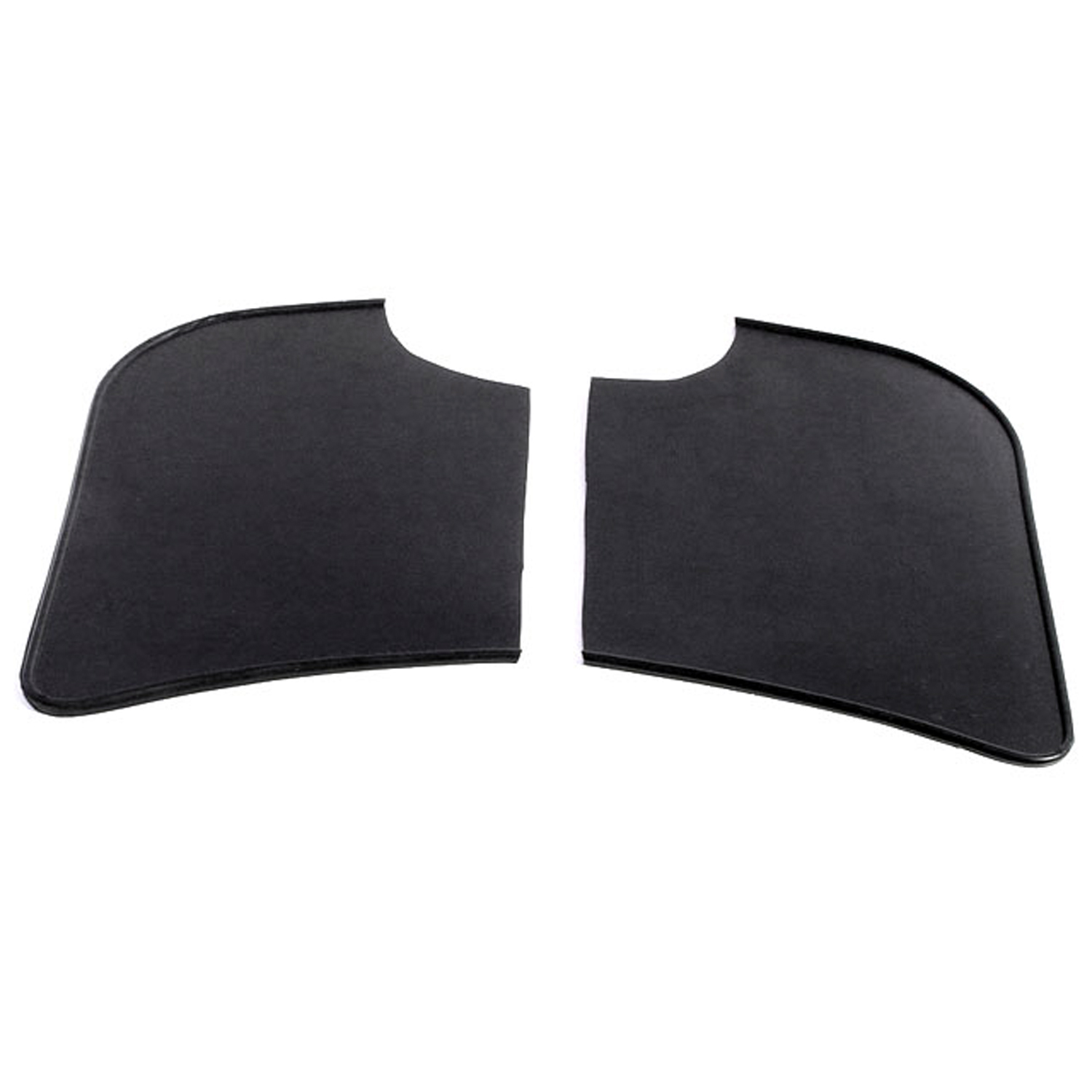 1962 Volkswagen Beetle Gravel Shields. Molded flat without metal backing plates-FS 40Gravel Shields. Molded flat without metal backing plates. Apply with contact cement. 7-5/8" long X 5-5/8" wide at top. Pair
1962 Volkswagen Beetle Gravel Shields. Molded flat without metal backing plates-FS 40Gravel Shields. Molded flat without metal backing plates. Apply with contact cement. 7-5/8" long X 5-5/8" wide at top. Pair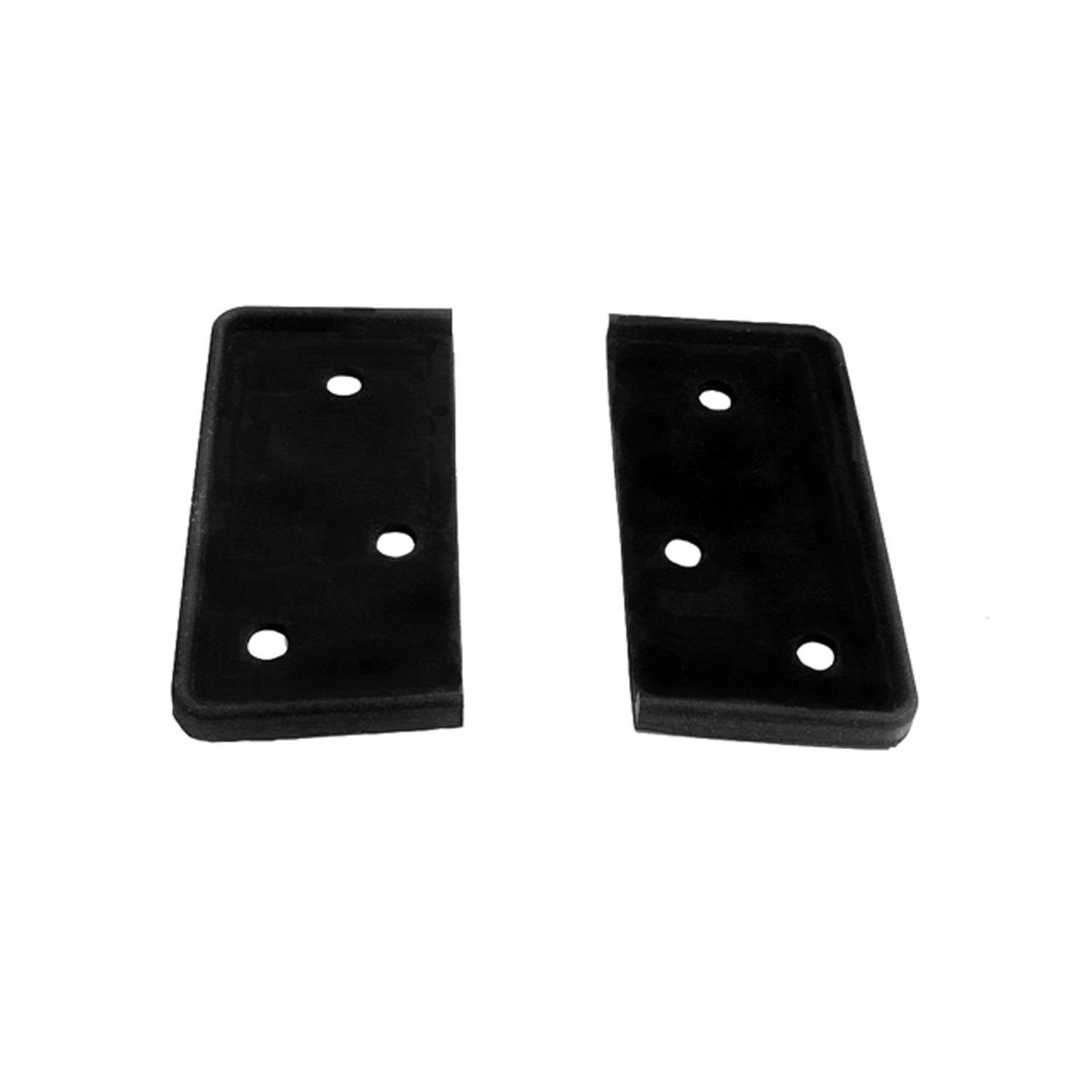 1962 Volkswagen Beetle Outside Quarter Window Seal (facing base)-MP 1501Outside Quarter Window Seal (facing base). 2-1/2" wide X 1-1/4" long. Pair R&L
1962 Volkswagen Beetle Outside Quarter Window Seal (facing base)-MP 1501Outside Quarter Window Seal (facing base). 2-1/2" wide X 1-1/4" long. Pair R&L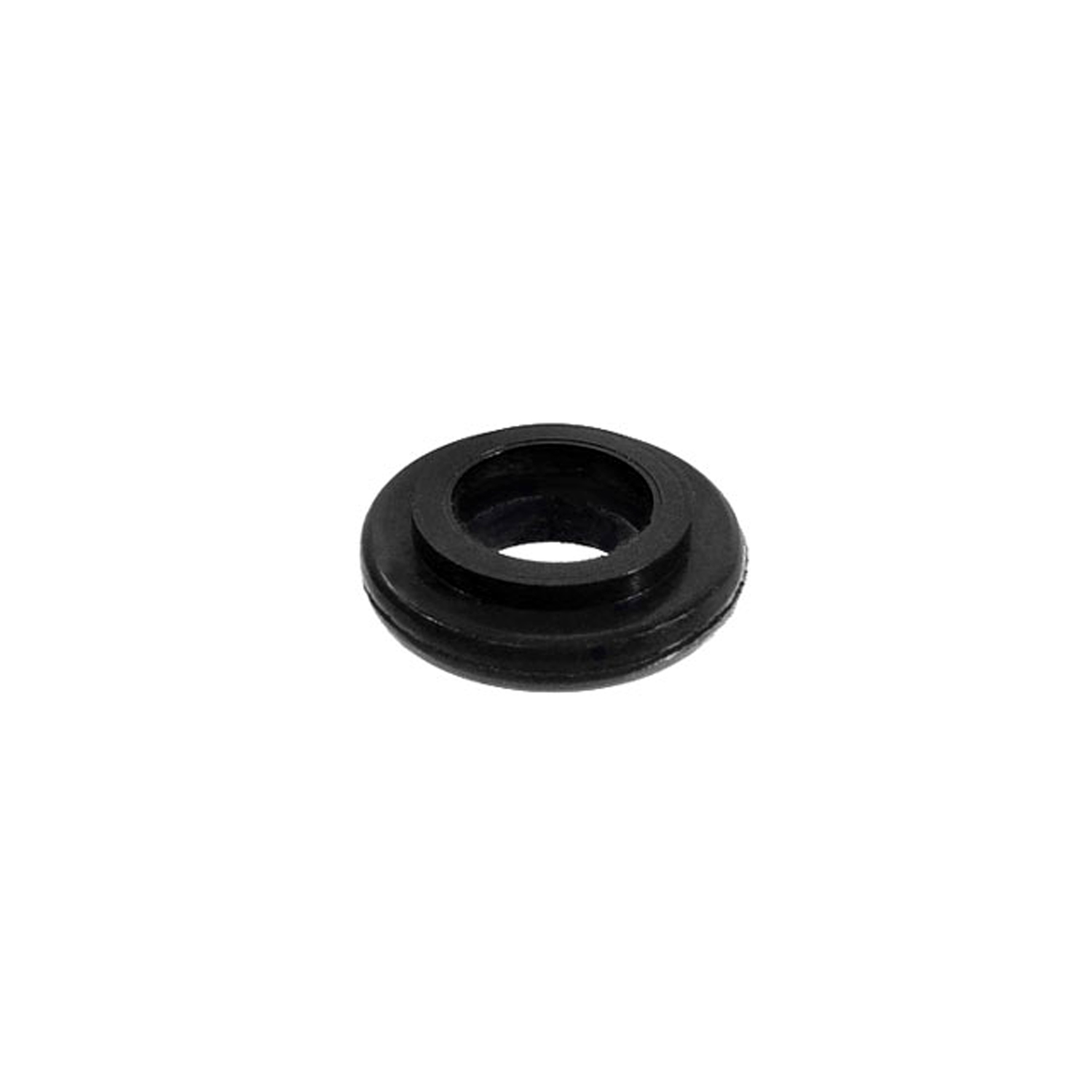 1962 Volkswagen Beetle Oil Cooler Seal. 7/16" I.D., 7/8" O.D. Each-RP 8-BOil Cooler Seal. 7/16" I.D., 7/8" O.D. Each
1962 Volkswagen Beetle Oil Cooler Seal. 7/16" I.D., 7/8" O.D. Each-RP 8-BOil Cooler Seal. 7/16" I.D., 7/8" O.D. Each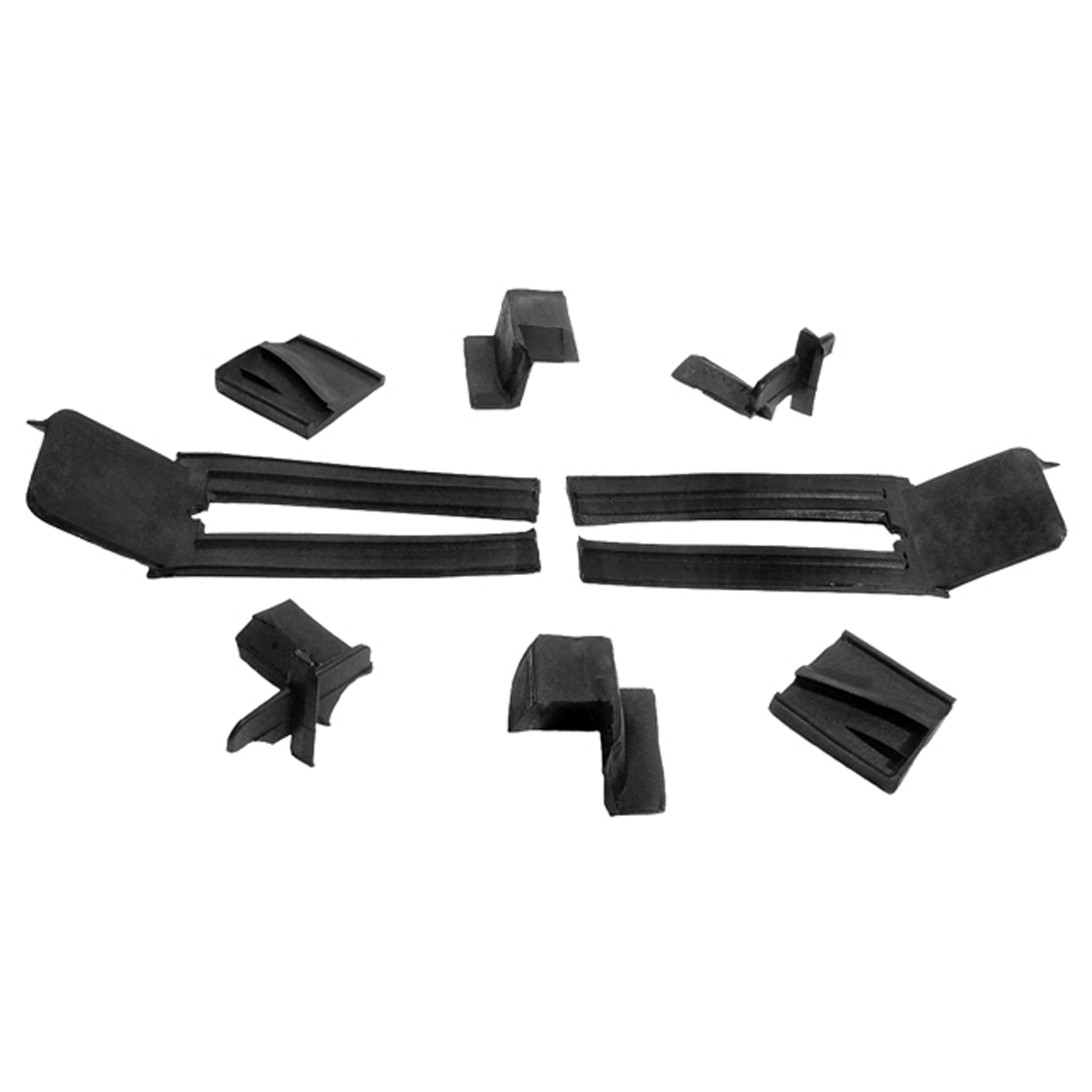 1962 Volkswagen Beetle Auxillary Window Seal Kit for Convertibles (ALP 10, ALP 10-A-WK 400Auxillary Window Seal Kit for Convertibles (ALP 10, ALP 10-A, ALP 10-B, ALP 10-C) 8-Piece Kit
1962 Volkswagen Beetle Auxillary Window Seal Kit for Convertibles (ALP 10, ALP 10-A-WK 400Auxillary Window Seal Kit for Convertibles (ALP 10, ALP 10-A, ALP 10-B, ALP 10-C) 8-Piece Kit 1962 Volkswagen Beetle Front Vent Window Seals, for Convertibles-WR 9800Front Vent Window Seals, for Convertibles. Molded in proper shape. Pair
1962 Volkswagen Beetle Front Vent Window Seals, for Convertibles-WR 9800Front Vent Window Seals, for Convertibles. Molded in proper shape. PairWhy Choose Metro?
For over 100 years, Metro Moulded Parts has been the pinnacle of quality in classic car restoration parts. Our commitment to precision and authenticity in every component ensures a perfect fit and an OEM-level appearance.
- Expert Craftsmanship & Quality: Each part is a testament to our dedication to reliability and perfection, crafted from original designs and thoroughly tested.
- Advanced Technology: We use cutting-edge techniques to create flawless, long-lasting parts that surpass others in performance.
- SuperSoft Sponge – The Ultimate Door Seal: Not only are our door seals 30% softer than competitors', but they're also guaranteed to never leak. They effectively reduce wind and road noise, enhancing your classic car's comfort and driving experience.
- Proudly American: Our parts are a product of American craftsmanship, made in the USA with a spirit of excellence and heritage.
- Unrivaled Warranty: We back our products with a 30-year industry-leading warranty, a testament to our confidence in their quality.
Join us in preserving the legacy of classic cars with parts that are crafted for perfection, not just made.

